Sir Sidney Nolan AC OM CBE (1917–1992) was one of the most original and inventive Australian artists of the postwar decades, and one of few Australian artists to achieve an international reputation in the twentieth century. Born in Melbourne, Nolan studied at the National Gallery of Victoria's School of Art in 1934 and 1936. Beginning his career as a commercial artist in the 1930s, from 1938 he became associated with the modernist art patrons John and Sunday Reed at their homestead, Heide, in Heidelberg, Victoria. Nolan mounted his first solo exhibition in 1940, and two years later was conscripted into the army, serving as an army storeman in the Wimmera. Between 1946 and 1947 he made the enormously complex series of paintings of Ned Kelly for which he is best known. From 1951 Nolan lived abroad, but returned to Australia at regular intervals. He continued to explore Australian themes and landscapes in paintings of Burke and Wills, Eliza Fraser, Gallipoli and the Eureka rebellion, and in his huge masterpiece Riverbend (1965). Knighted in 1981, Nolan was awarded the Order of Merit in 1983. He was also made a Companion of the Order of Australia, elected an honorary member of the American Academy of Arts and Letters and a member of The Royal Academy of Arts. A major exhibition of Nolan's work, Sidney Nolan: A New Retrospective, held at the Art Gallery of NSW and the National Gallery of Victoria in 2007–2008, brought together more than 100 of his works.
Purchased with funds provided by Ross Adler AC 2022
© Albert & Barbara Tucker Foundation. Courtesy of Smith & Singer Fine Art.
Ross Adler AC (3 portraits supported)



On one level The Companion talks about the most famous and frontline Australians, but on another it tells us about ourselves.
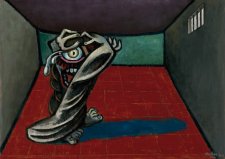
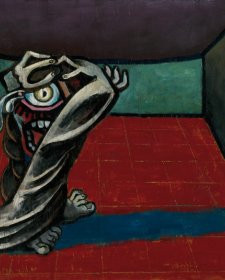
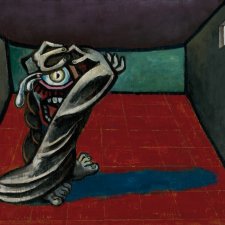
Dr Christopher Chapman, curator of Inner Worlds: Portraits & Psychology looks at Albert Tucker's Heidelberg military hospital portraits.
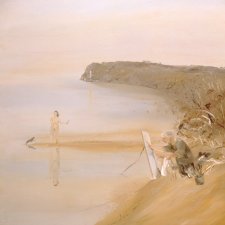
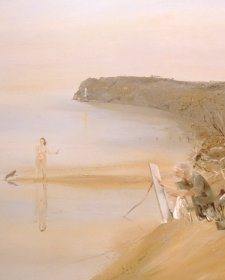
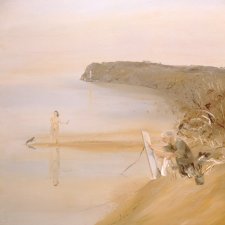
Works by Arthur Boyd and Sidney Nolan bring the desert, the misty seashore and the hot Monaro plains to exhibition Open Air: Portraits in the landscape.